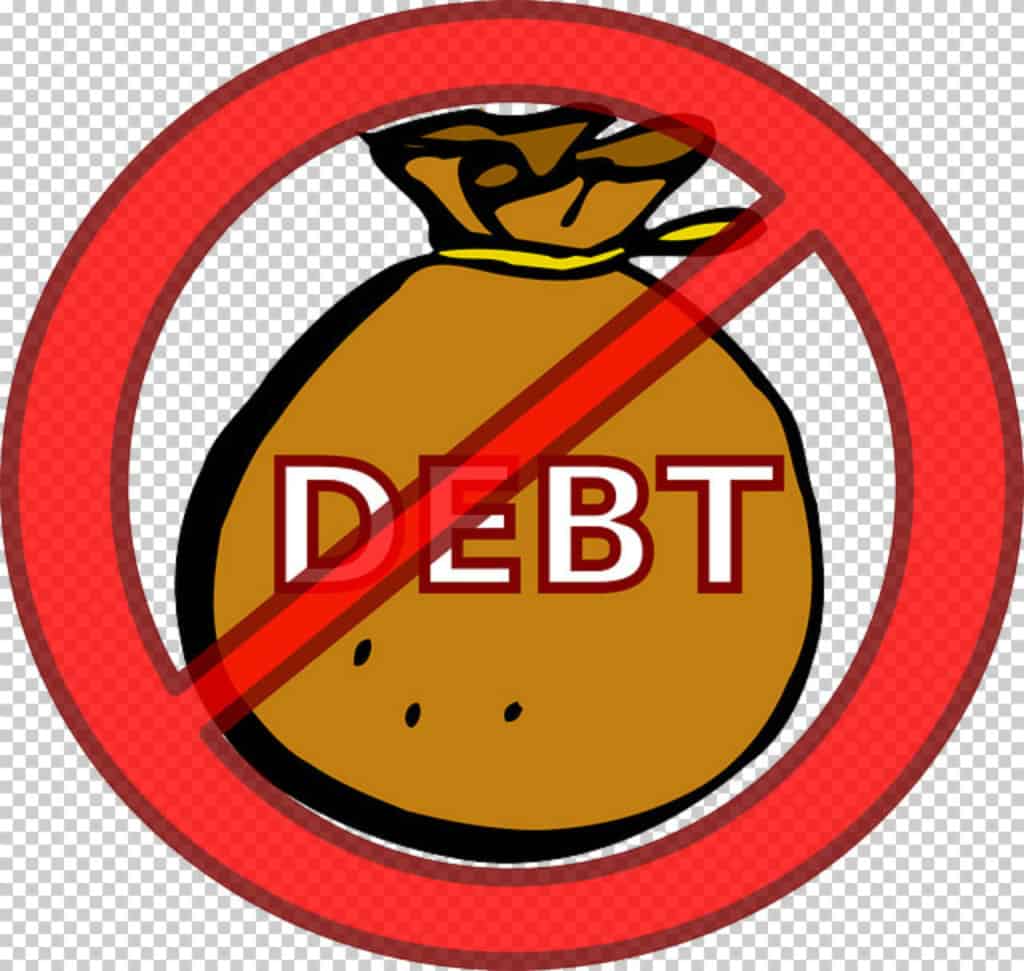 Bankruptcy and divorce
Bankruptcy and divorce
Whenever we speak to groups about bankruptcy and divorce, and especially to grey divorce support groups, the same questions always arise regarding the interplay between the Federal Bankruptcy and Insolvency Act (BIA) and the Ontario family law provisions. I thought it would be best to address one such interesting issue in this week’s blog.
You may hate your soon-to-be ex, but the courts won’t allow you to use bankruptcy as a weapon against that spouse. Bankruptcy is legal proceeding involving an insolvent person or business that is unable to repay outstanding debts. It is not a way to avoid paying alimony or child support. There was a recent case that clearly demonstrates the court’s view on this very issue.
Blatherwick v Blatherwick
The case is Blatherwick v Blatherwick, 2015 ONSC 2606 (CanLII). The parties separated after 39 years of marriage. The wife was seeking spousal support and equalization, among other things. The husband disputed the amounts that the wife was seeking. The wife obtained a Mareva injunction which is a court order preventing a defendant from transferring assets until the outcome of the associated law suit is decided. However, the husband breached the Mareva injunction by declaring bankruptcy. And, to make matters worse he made false representations in bankruptcy, including the valuation of corporate assets and reporting of income. The husband thought that if he declared bankruptcy he would be putting his assets beyond the reach of his wife’s claim for equalization. (In a bona fide bankruptcy, it is true that an equalization claim is not a claim provable in the bankruptcy, unlike a claim for alimony and child support which cannot be extinguished as a result of a bankruptcy).
Unfortunately for Mr. Blatherwick, the intersection of bankruptcy and divorce does not work that way!
The Judge’s view on Mr. Blatherwick’s bankruptcy
The Judge stated:
“303 I find as a fact that Mr. Blatherwick made false statements which were significant in his Statement of Affairs.
304 I find as a fact that he made the assignment into bankruptcy to avoid making an equalization payment to Mrs. Blatherwick and to avoid his financial obligations arising from his voluntary disclosure to Revenue Canada.
305 I find as a fact that the purpose of Mr. Blatherwick going bankrupt was to obtain a collateral benefit in the matrimonial proceedings.
306 I conclude there was no bona fide financial reason for making a voluntary assignment into bankruptcy.”
Accordingly, the court annulled the bankruptcy. In the truest sense, it was as if the bankruptcy never happened at all. In this case, bankruptcy and divorce did could not be combined.
Summary
Trying to cheat the system by making false statements on your sworn statement of affairs to make yourself appear insolvent is never a good idea and can even lead to criminal charges. The bankruptcy can, as demonstrated in this case, be annulled.
If you are insolvent and are considering bankruptcy, contact Ira Smith Trustee & Receiver Inc. We offer sound advice and a solid plan for Starting Over, Starting Now so that you’ll be well on your way to a debt free life in no time.
